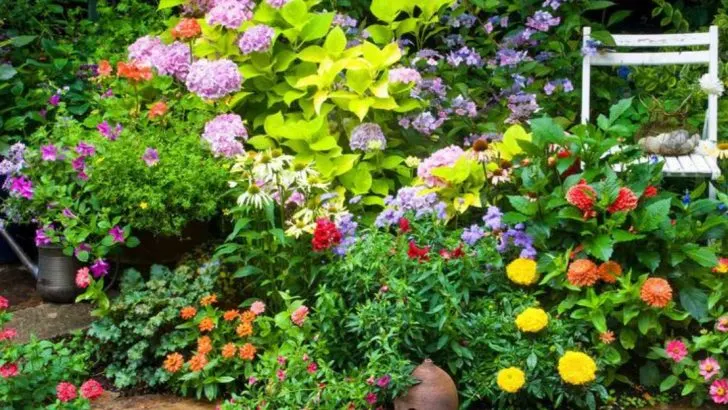Columbine flowers are a true showstopper in any spring garden, known for their unique, delicate blooms and wide variety of colors. To ensure a garden full of these beauties, start by planting columbine in well-drained, slightly acidic soil in a spot that receives partial to full sun. They thrive in cooler climates but can adapt to warmer regions if given some afternoon shade.
One of the best-kept secrets is that columbines self-seed, so once planted, they can come back year after year with minimal effort. To encourage even more vibrant blooms, deadhead spent flowers regularly to stimulate more growth. To keep your columbines healthy, mulch around the base to retain moisture and regulate soil temperature.
Another tip is to mix different varieties of columbine for a more diverse display of flowers, from the classic blue and white to the bold reds and yellows. However, be cautious of overwatering, as they prefer moderate moisture. And don’t forget, columbines attract pollinators, including bees and butterflies, making them a wonderful addition to any garden. By following these 12 secrets, you’ll be able to enjoy a stunning, vibrant spring garden filled with these enchanting flowers year after year.
Choosing the Right Variety

Variety plays a crucial role in the columbine garden’s overall impact. Selecting the right type can make your garden pop with color or blend seamlessly with existing plants. Consider the Rocky Mountain columbine for its striking blue and white petals, or the Crimson Star for a dash of deep red. Each variety has unique needs, from soil type to sunlight exposure. Research your region’s climate to ensure you pick a variety that will thrive. By choosing wisely, you not only enhance visual appeal but also support local pollinators that are drawn to these stunning blossoms.
Perfect Planting Time
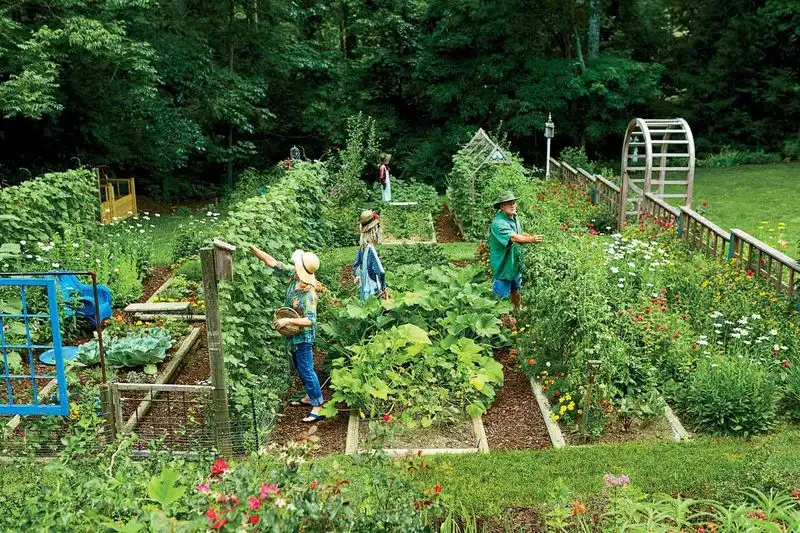
Timing is everything when it comes to planting columbines. Early spring is ideal, as the soil begins to warm but retains moisture from winter’s end. This period provides seeds the best chance to germinate successfully. Consider starting seeds indoors if frost is a concern, transferring them outside once temperatures stabilize. Monitor weather patterns closely, as unexpected frosts can damage young plants. By synchronizing your planting schedule with the season’s natural rhythm, you set the stage for a garden that’s not only vibrant but resilient throughout the growing season.
Understanding Soil Needs

Columbines thrive in well-drained soil that’s rich in organic matter. Prioritize soil preparation by incorporating compost or well-rotted manure, enhancing nutrient content and drainage. Avoid overly acidic soils, as columbines prefer a neutral to slightly alkaline environment. Conduct a simple pH test to determine your soil’s condition. If amendments are needed, lime can help adjust acidity. By nurturing the soil, you create a foundation for healthy plants. A well-prepared ground ensures columbine roots establish firmly, leading to robust growth and an abundant display of flowers.
Watering Wisely
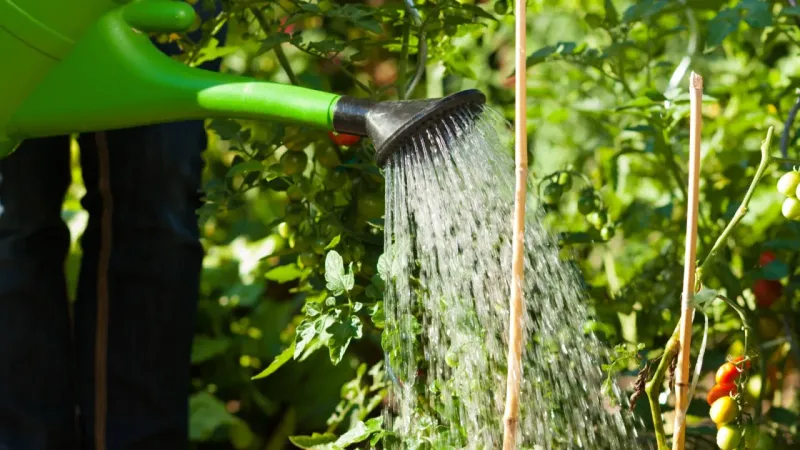
Water management is pivotal for columbine success. These plants appreciate consistent moisture but abhor soggy roots. Water in the early morning to minimize evaporation and disease risk. Adjust frequency based on climate; hotter regions may require more frequent watering, while cooler areas demand less. Pay attention to rainfall, adjusting your schedule accordingly. Mulching around plants can conserve soil moisture and suppress weed growth. Striking the right balance ensures plants remain healthy without succumbing to overwatering, promoting an exuberant bloom cycle that brings continuous joy throughout the spring.
Attracting Pollinators

Columbines are a magnet for pollinators, adding life and movement to your garden. Bees and hummingbirds are particularly attracted to their nectar-rich blooms. To maximize visitation, plant in clusters, creating a visual and aromatic feast. Mix different flower colors and shapes to appeal to various pollinator species. Avoid pesticides that might harm these beneficial creatures. By fostering a pollinator-friendly environment, you not only enhance the garden’s beauty but also contribute to ecological health. The dance of pollinators among the blooms is a delightful spectacle that underscores nature’s intricate balance.
Providing Adequate Shade
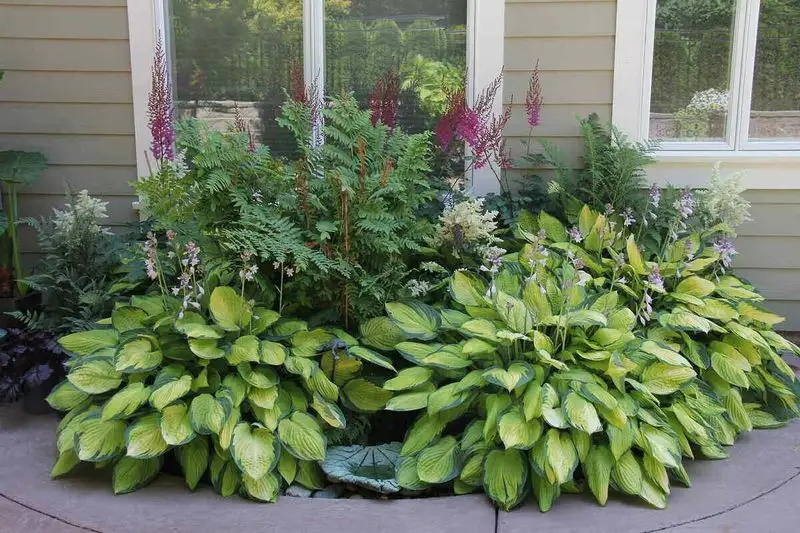
While columbines love sunlight, they also benefit from afternoon shade in hotter climates. This balance prevents leaf scorch and prolongs flowering. In regions with intense sun, consider planting near taller plants or structures that offer dappled light. Observe your garden throughout the day to identify natural shade patterns. Adjust placement to ensure columbines receive morning sun but respite from harsh afternoon rays. Thoughtful positioning helps maintain vibrant blooms and lush foliage, ensuring your garden remains a springtime haven that invites relaxation and enjoyment.
Deadheading for Continued Blooms

Deadheading, or removing spent blooms, encourages columbines to produce new flowers rather than seed. Snip off faded flowers just above the first set of healthy leaves to stimulate continued growth. Regular deadheading throughout the season ensures a prolonged display of colorful blossoms. This practice not only enhances visual appeal but also conserves the plant’s energy, directing it toward new growth. Consistent care results in a garden that’s perpetually in bloom, offering a dynamic and ever-changing panorama that captivates throughout the spring season.
Controlling Pests Naturally
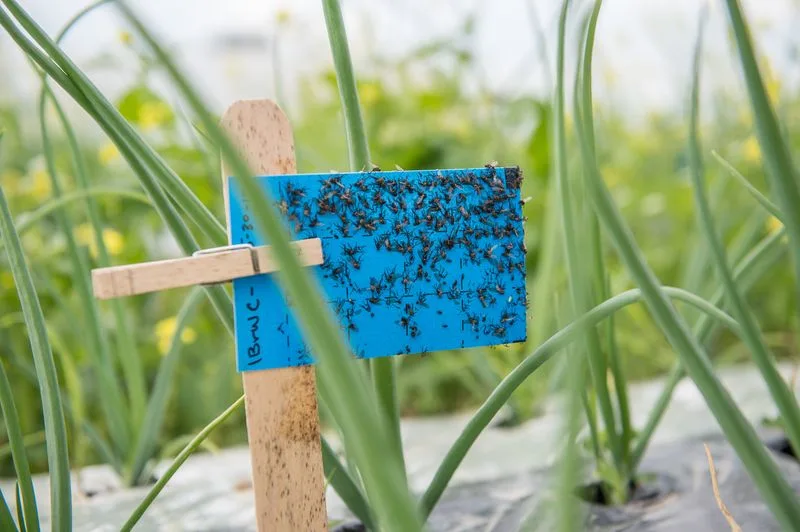
Pests can disrupt the harmony of your columbine garden. Natural control methods are effective and environmentally friendly. Introduce beneficial insects like ladybugs to combat aphids, a common columbine pest. Neem oil spray is another viable option, deterring pests without harming pollinators. Regular inspection of plants helps catch infestations early, allowing for prompt action. Avoid synthetic chemicals that can upset the garden’s balance. By prioritizing natural solutions, you protect your blooms while nurturing a healthy ecosystem, resulting in a garden that’s vibrant and robust from spring into summer.
Ensuring Proper Spacing
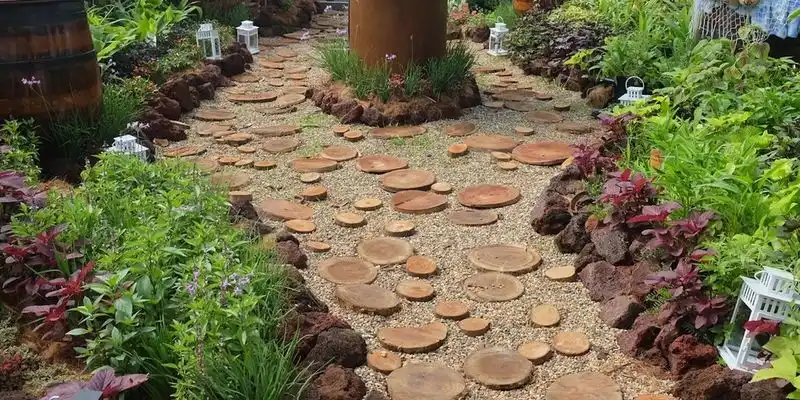
Proper spacing is key to a thriving columbine garden. Crowded plants compete for resources and are more susceptible to disease. Allow at least 12-18 inches between plants to ensure adequate air circulation and sunlight penetration. This spacing prevents fungal diseases and promotes healthy growth. As columbines mature, their unique foliage and blooms need room to expand fully. Thoughtful planning at planting time translates to a more visually appealing and healthier garden. Adequate spacing is a simple yet effective strategy that fosters vigorous plants and a garden that flourishes with grace.
Companion Planting
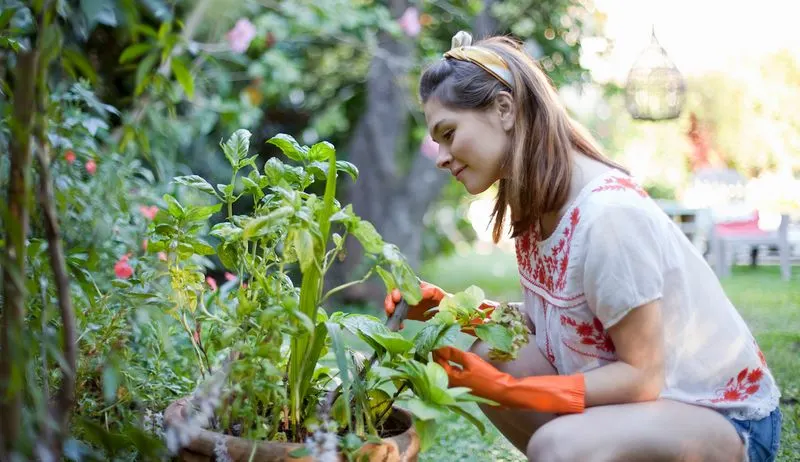
Companion planting enriches your garden’s biodiversity and health. Pair columbines with plants like ferns or hostas that share similar light and moisture needs. These companions complement columbines without competing for nutrients. They also provide additional texture and color, enhancing garden aesthetics. Consider plants that deter pests naturally or attract beneficial insects, creating a harmonious ecosystem. Planning your garden with companions in mind maximizes space and promotes a balanced environment. This thoughtful approach results in a garden that is not only beautiful but also resilient and self-sustaining through the seasons.
Fertilizing for Abundance
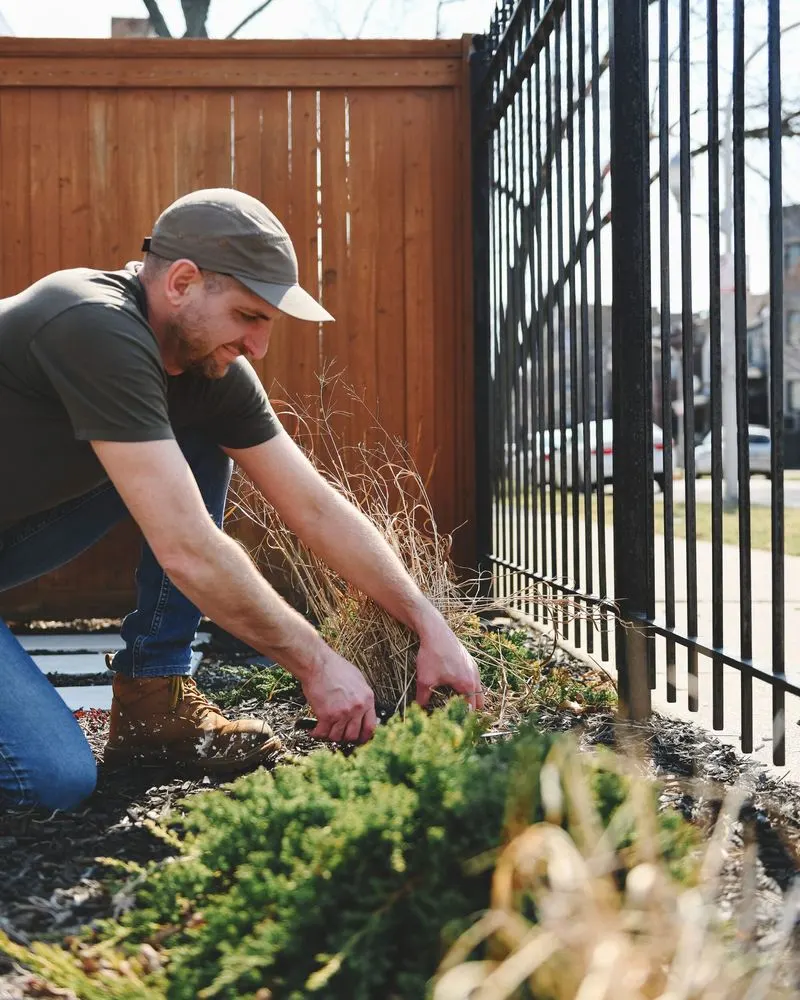
Fertilizing boosts columbine growth and flowering. Use a balanced, slow-release fertilizer early in the growing season to support vigorous development. Organic options like compost tea or fish emulsion provide nutrients while nurturing soil health. Avoid over-fertilization, as excess nutrients can lead to lush foliage at the expense of flowers. Monitor plant response and adjust fertilization accordingly. A well-fed columbine displays vibrant colors and robust growth, becoming the garden’s focal point. By nourishing your plants appropriately, you ensure they reach their full potential, rewarding you with a garden bursting with floral abundance.
Capturing Their Beauty
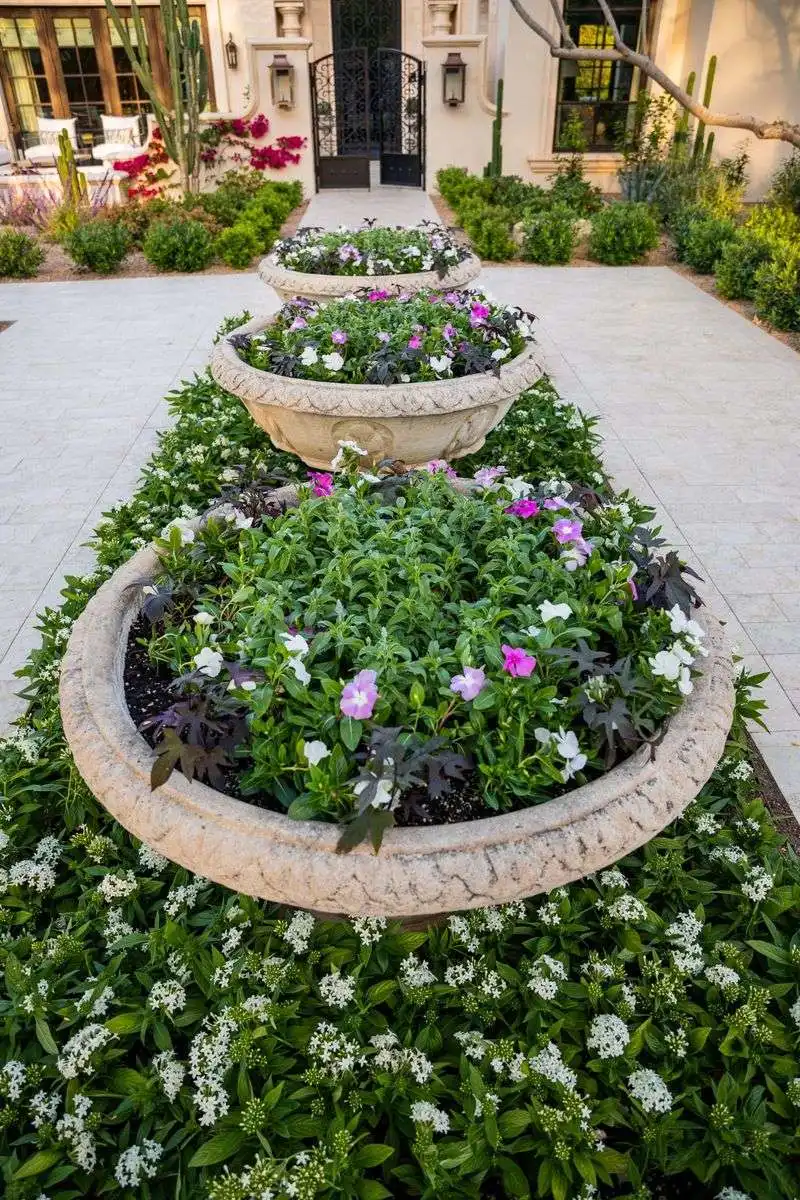
Preserving the fleeting beauty of columbines can be as rewarding as growing them. Photography allows you to capture their intricate details and vibrant colors. Use a macro lens for close-up shots that highlight petals and unique shapes. Early morning or late afternoon light flatters these flowers, casting soft shadows and enhancing their allure. Experiment with angles and compositions for diverse perspectives. These photos become cherished keepsakes, allowing you to savor the garden’s magic long after spring has passed. Sharing them can inspire others to discover the charm of columbines firsthand.

